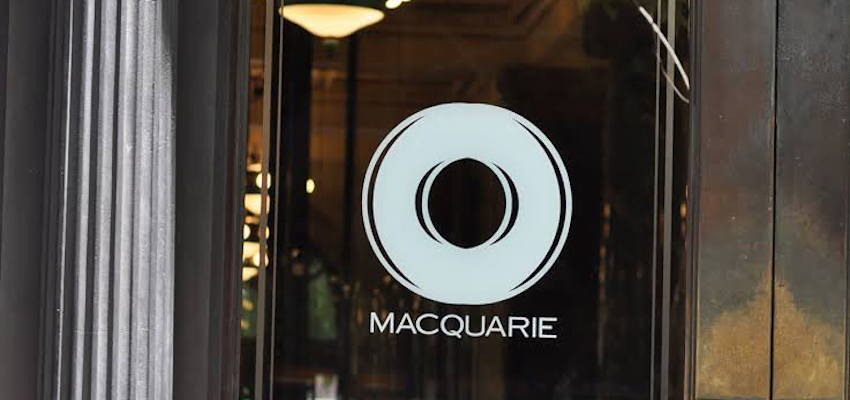WORK to improve energy efficiency and lower carbon emissions at assets such as airports, ports, rail, water and electricity, will be aided by a $100m investment from the Clean Energy Finance Corporation.
Macquarie Infrastructure and Real Assets is the recipient of the funding, which manages US$129bn in assets, including 155 portfolio businesses, approximately 600 properties and 4.7m hectares of farmland.
The emissions reduction standards will focus on identifying global best practice to drive positive change within the assets. Global best practice measures include science-based targets, which work to achieve the Paris Agreement commitment to limit global warming to well below two degrees Celsius from pre-industrial levels.
CEFC CEO Ian Learmonth said that infrastructure accounted for nearly half of Australia’s total greenhouse gas emissions.
“Investors and asset managers are more aware than ever that cutting emissions requires timely action across the economy, especially in a sector as substantial as infrastructure,” Mr Learmonth said.
“There are a range of proven technologies and strategies that can cut emissions in Australia’s diverse transport and energy assets and improve productivity and energy consumption. We recognise that these investments can be significant and need to work for the long term.
“We welcome this exciting emissions reduction focus from a substantial long-term investment manager such as MIRA and look forward to seeing these landmark Australian assets further developed to become an essential part of our sustainable future.”
MIRA managing director, Kieran Zubrinich, said ESG considerations are embedded within MIRA’s asset management frameworks and the investment from the CEFC will support decarbonisation strategies across its Australian platform.
“The responsibility we have as custodians of assets Australians use every day is to ensure their long-term sustainability and resilience for the benefit of the communities they serve.
“Our work with the CEFC will assist our assets to identify and achieve meaningful emissions reduction on a day to day basis, as well as improving operational performance and enhancing the services these businesses can provide,” Mr Zubrinich said.
Technologies and measures that can reduce emissions and energy use in infrastructure assets include:
- installation of solar PV and batteries at airports, offices, warehouses and depot facilities;
- installation of solar PV at wireless communications infrastructure sites, which results in an integrated solar power solution to customers, to cut emissions as well as customer energy costs;
- building efficiency upgrades, including energy efficient lighting, demand management across heating, ventilation and cooling machinery and the replacement of hot water tanks;
- upgrades to efficient baggage handling systems and the provision of fixed ground power and pre-conditioned air at airports;
- replacement of vehicle fleets with electric vehicles at transport, distribution assets and airports;
- monitoring insulator gas loss to minimise transport and distribution resistance loss;
- demand management at transport and distribution assets.

